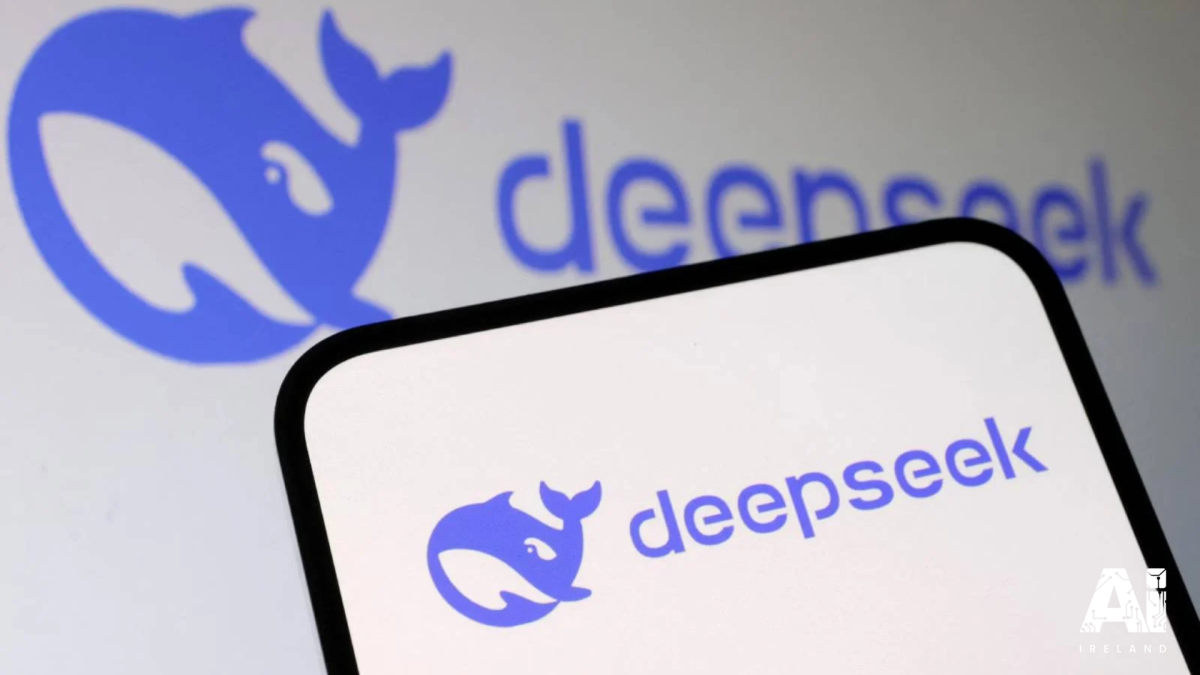
AI Business insights
Will DeepSeek’s AI Success Ignite a New Open-Source Revolution?
How Their Transparency Might Shape the Industry
In a move sending shockwaves through the tech industry, China’s DeepSeek has unveiled its latest AI model, R1, boasting capabilities that rival – and in some areas surpass – those of established giants like OpenAI. What sets DeepSeek apart is its unwavering commitment to transparency: the company has fully open-sourced R1 under the MIT licence, making its code freely accessible to developers and researchers worldwide.
DeepSeek’s decision to open-source R1 is more than a technical choice; it’s a bold statement challenging the prevailing norms of proprietary AI development. By making their advanced AI model freely available, DeepSeek is democratising access to cutting-edge technology, enabling innovation across sectors and geographies. This move not only disrupts traditional business models but also fosters a collaborative environment where the global community can contribute to and benefit from AI advancements.
Implications for the Industry
By providing open access to R1’s architecture and code, DeepSeek is accelerating the pace of innovation, allowing developers to build upon and refine the model for diverse applications. This openness challenges established players to reconsider their proprietary approaches and may usher in a new era of collaborative development in AI.
- Accelerating Innovation: By openly sharing the architecture and code of its R1 model, DeepSeek enables developers worldwide to access and build on this technology. This collective effort can lead to faster improvements, new applications, and innovative use cases, all contributing to the rapid evolution of AI capabilities.
- Challenge to Established Players: Traditional AI leaders, such as OpenAI or Google, typically guard their models and methodologies through proprietary frameworks. DeepSeek’s open-source strategy directly challenges this approach, potentially pressuring these companies to reconsider their strategies to remain competitive and relevant.
- Collaborative Development: Open access encourages a culture of collaboration. Researchers, developers, and organisations from diverse regions and industries can contribute to refining and expanding the technology. This inclusivity has the potential to drive a new era of cooperative progress, where advancements are shared for collective benefit rather than kept within silos.
Challenges and Considerations
However, this open-source approach is not without its challenges. Concerns have been raised about potential security vulnerabilities and the ethical use of such powerful technology. Additionally, as an open-source model developed in China, R1 may be subject to local regulations and censorship, which could influence its development and application. These factors underscore the need for robust governance frameworks to ensure the responsible use and development of open-source AI.
The Road Ahead
DeepSeek’s transparent approach with R1 is a game-changer, challenging the status quo and potentially igniting a new open-source revolution in AI. As the industry grapples with the implications of this shift, organisations must weigh the benefits of open collaboration against the need for security and ethical oversight. The future of AI may well be defined by how the global community navigates these complex dynamics, balancing innovation with responsibility.
At CI Group, we recognise the transformative potential of such developments. Our integrated approach – combining strategic marketing, creative design, and data analysis – positions us to help clients navigate this evolving landscape. By staying at the forefront of industry trends and embracing innovative solutions, we empower our clients to harness the opportunities presented by advancements like DeepSeek’s R1 to achieve business objectives and expidite growth. Let’s Talk.
